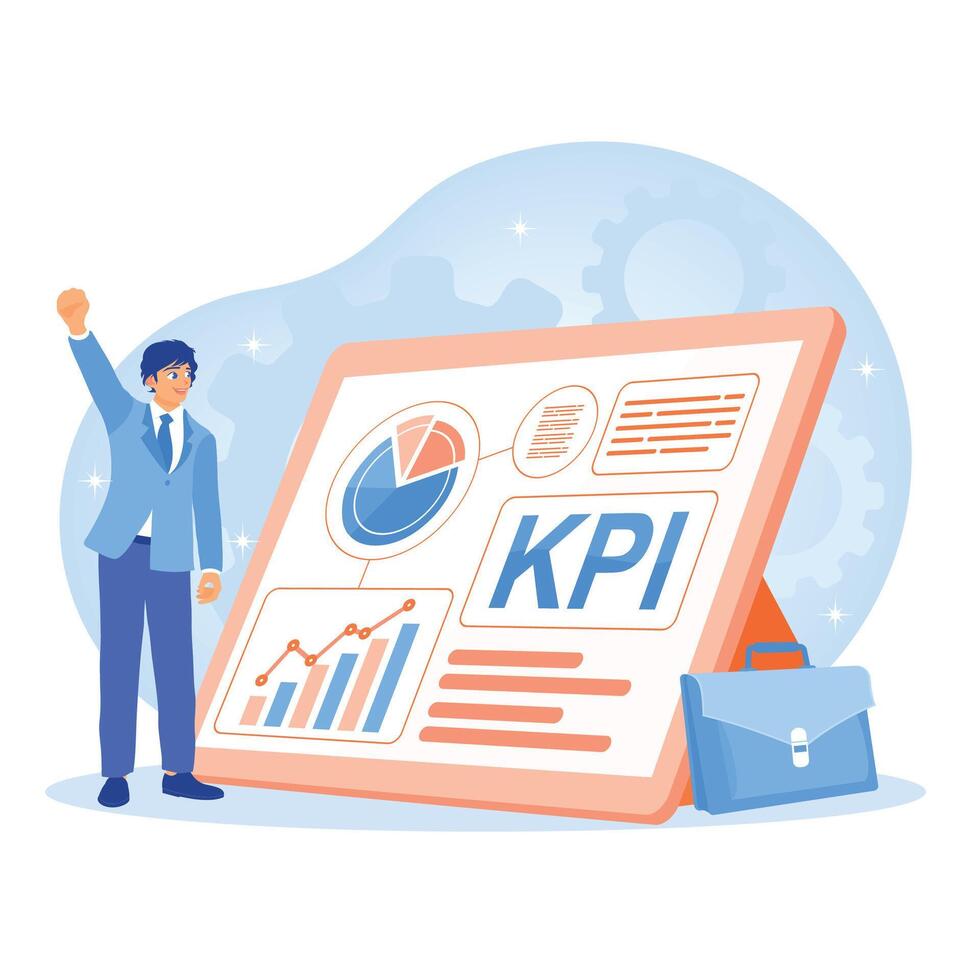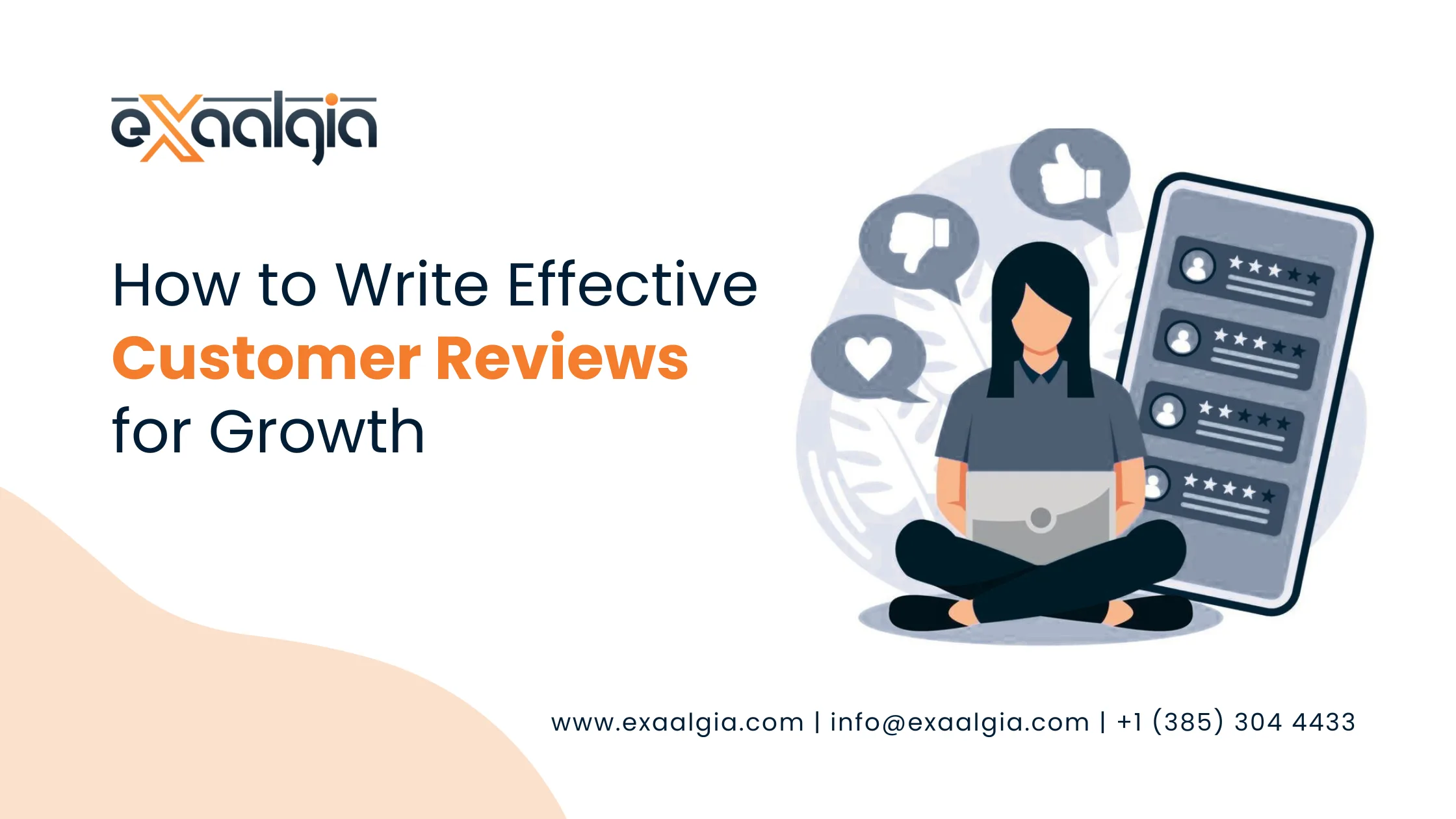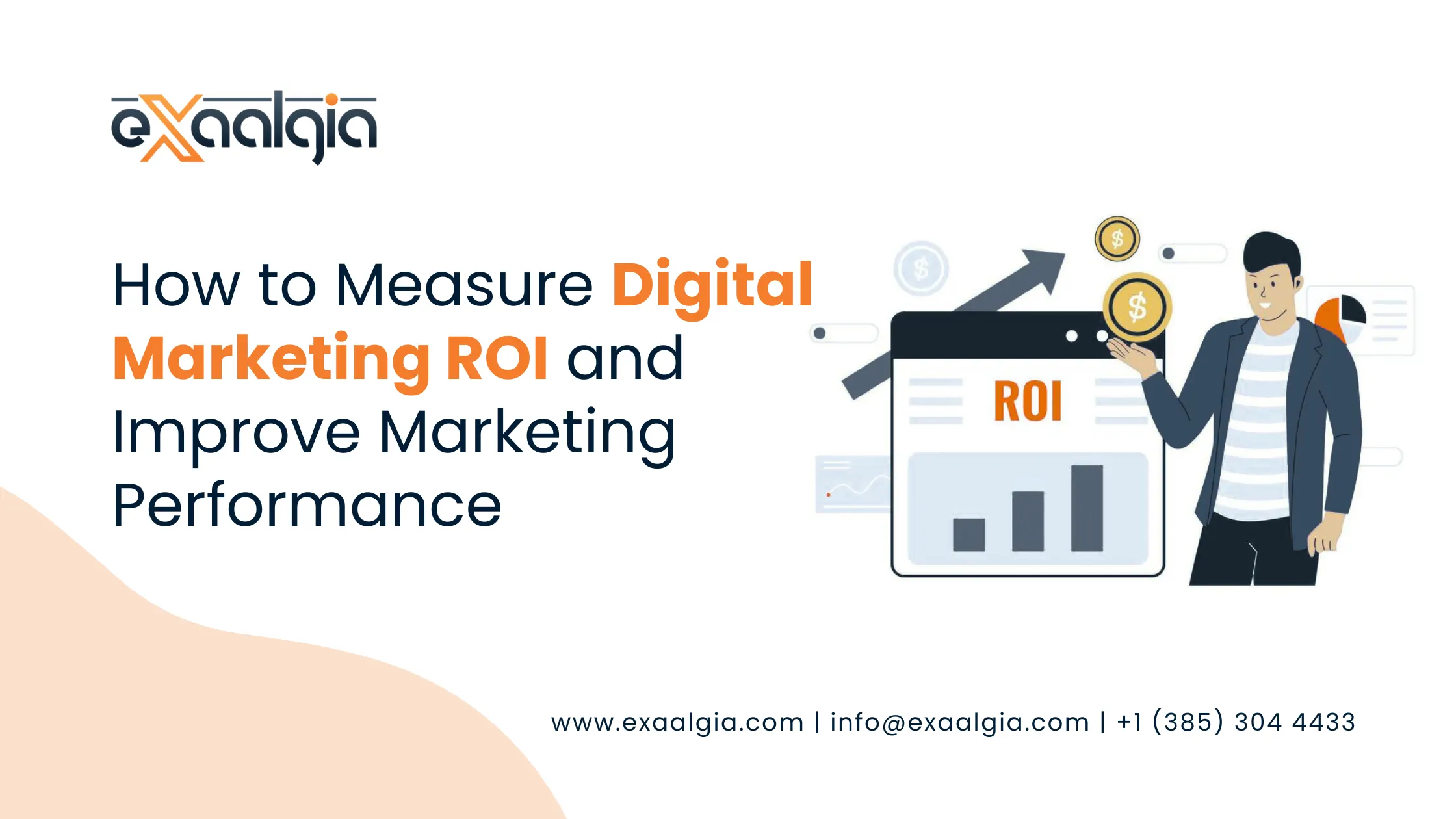When you’re managing your website, content, and marketing by yourself or with a small team, it’s easy to feel like you’re doing everything—but not sure if anything is really working.
You spend hours creating blog posts, optimizing pages, and checking Google for your keywords. But which content is actually helping you grow? Which pages are bringing in the right kind of visitors? And what should you create next?
The answer lies in your SEO KPIs—those key performance indicators that tell the real story of your website’s performance.
In this guide, you’ll learn how to analyze SEO KPIs each month to spot your best content opportunities, discover what’s driving growth, and make smarter decisions that save you time and get better results.
Why Tracking SEO KPIs Matters
You’re probably already doing a lot—writing blogs, publishing social media posts, maybe running ads or email campaigns. But without clear SEO data, it’s tough to know if your content is really helping your site grow.
Tracking SEO KPIs helps you:
- Know which blog posts or pages are doing the heavy lifting
- Find content that needs a little boost to perform better
- Uncover new topics or keywords your audience is searching for
- Increase organic traffic without creating unnecessary content
Best of all? You don’t need fancy tools or a huge team to do this—just a few free tools, a little monthly time, and a simple system.
The Key SEO Metrics to Watch Each Month
Let’s start with the basics. Here are the most important SEO KPIs to track regularly:
| KPI | Why It Matters |
| Organic Traffic | Tells you how many people find your site through search engines |
| Keyword Rankings | Shows where your pages rank in Google for target keywords |
| Click-Through Rate (CTR) | Measures how many people click your result after seeing it in search |
| Bounce Rate | Reveals how many visitors leave your site after viewing one page |
| Average Time on Page | Helps you understand if visitors are actually reading your content |
| Pages per Session | Indicates how many pages a user visits in one session |
| Conversion Rate | Measures how many visitors take action (like sign up or buy) |
| Backlinks | Tells you how many other websites are linking to your content |
| Top Exit Pages | Highlights which pages users most often leave your site from |
| New vs. Returning Visitors | Helps measure interest and repeat engagement |
Now let’s walk through how to analyze this data and use it to make your content better each month.
Step-by-Step: How to Analyze Your SEO Metrics Monthly
1. Create a Simple Monthly Reporting Habit
Set a reminder to check your website’s SEO performance once a month. Use tools like:
- Google Search Console
- Google Analytics 4
- Ahrefs, SEMrush, or Ubersuggest (if you have access)
- Google Sheets or Notion to track your numbers
You don’t need anything complicated. Just record the highlights:
- Your top 10 most visited pages
- Keyword rankings and changes
- Pages with growing or shrinking traffic
- Pages that convert the most
- High bounce rate or drop-off pages
This gives you a clear snapshot of what’s working and what needs attention.
2. Find Your Top-Performing Content
Start by looking at which pages are bringing in the most organic traffic. In Google Analytics, go to Reports > Engagement > Pages and Screens.
Ask yourself:
- Which pages get the most visits from search?
- Are these visitors spending time on the page or bouncing?
- Are any of these pages leading to signups, purchases, or other goals?
If you find a blog post that’s consistently getting visitors and converting well—that’s a winner. Think about creating more content around that topic or turning it into a lead magnet or email series.
Example:
If a post like “10 Tips to Save Time as a Freelance Designer” is doing well, consider making a checklist, downloadable guide, or video version of it.
3. Check How Your Keywords Are Performing
In Google Search Console, head to Performance > Search Results to see:
- What keywords you rank for
- Where your pages show up in search (average position)
- The number of impressions and clicks
Sort your keywords by impressions to find ones with high views but low clicks. That’s often a sign your title or meta description needs improvement.
Also, look for:
- Keywords that are climbing in ranking → keep optimizing
- Keywords you’ve lost ranking for → refresh the content
- Keywords you rank on page 2 for → an easy win with a few tweaks
4. Improve CTR on High-Impression, Low-Click Pages
If a page is showing up in search a lot but few people are clicking on it, the issue is usually your SEO title or meta description.
Try updating them to be:
- Clear and benefit-driven
- Include numbers or questions
- Use action words (like “discover,” “boost,” “learn,” “free”)
You can test titles like:
- “How to Start a Blog (Step-by-Step for Beginners)”
- “The 7 Tools I Use to Grow My Online Business”
- “Boost Your SEO: A Simple Checklist That Actually Works”
These small changes can improve your traffic without creating anything new.
5. Look at High Bounce Rate Pages
High bounce rates mean people are leaving your site too quickly. That might be because:
- The content isn’t matching what they expected
- The page is hard to read or navigate
- There’s no call-to-action to keep them on your site
To fix that, try:
- Making your headline clearer and more relevant
- Adding images, subheadings, or a video
- Linking to related posts or offers
If bounce rates are over 70%, it’s worth investigating and making some simple changes.
6. Find the Pages That Actually Convert
Which pages on your site lead to real results—like email signups, purchases, or contact form submissions?
In Google Analytics, set up conversion tracking or use UTM links to measure which blogs or landing pages are sending traffic to your important pages.
Sometimes, your most visited blog post might not convert—but one with half the traffic brings in most of your leads. That’s the kind of insight that can change your content strategy.
Once you know what converts, add CTAs, opt-in forms, or links on other pages to drive traffic to it.
7. Discover What Visitors Are Searching for on Your Site
If you’ve enabled site search tracking in Analytics, look at what people are typing into your internal search bar. This can reveal content gaps.
If people are searching for something and you don’t have a dedicated post for it—there’s your next blog topic.
Also, check which pages users are exiting from most often (top exit pages). You can improve these by:
- Adding links to helpful resources
- Including a final CTA or offer
- Rewriting the ending for stronger engagement
What to Do After You Analyze Your KPIs
Refresh Old Content
Update articles that are losing traffic or dropping in rankings. Add new stats, update screenshots, improve readability, or include new internal links.
Create Content Around What’s Already Working
If a certain topic or format is doing well, double down. Build a mini content series or cluster around it.
Repurpose High-Performing Content
Turn top blog posts into YouTube videos, Instagram carousels, LinkedIn posts, or email courses.
Target Missed Keywords
Use keyword tools to find long-tail keywords or related terms that your site could rank for with a new blog or a quick update.
Easy Tools for Monthly SEO Reviews
Here’s a simple toolkit to make monthly reviews quick and effective:
- Google Search Console – keyword rankings and CTRs
- Google Analytics 4 – bounce rates, time on page, conversions
- Ubersuggest / Ahrefs / SEMrush – for deeper keyword research and content audits
- Notion / Google Sheets – to keep a running content tracker
You don’t need them all—just pick the ones that feel manageable.
Final Thoughts
You don’t have to constantly create new content to grow your website.
Often, the best opportunities are hiding in plain sight—inside your existing content and SEO data.
By checking your SEO KPIs once a month, you’ll know:
- What’s working
- What needs improvement
- What to create next
It’s like having a roadmap for your content strategy—one that saves time and helps you grow smarter, not harder.
FAQs
- What’s the most important SEO metric to track?
Start with organic traffic and conversions. That combo tells you if your content is attracting visitors and getting results. - How often should I check my SEO performance?
Once a month is perfect. It gives you a broad view of what’s changing and what’s worth adjusting. - What tools are best for tracking SEO KPIs?
Google Search Console and Google Analytics cover most needs. Tools like Ahrefs or Ubersuggest are helpful extras. - What’s a normal bounce rate?
For blogs, 60-70% is average. Lower is better, especially if you’re adding internal links or CTAs. - Can I do all this without hiring an SEO expert?
Absolutely. With a few tools and a monthly review system, anyone can manage and improve their content performance.







